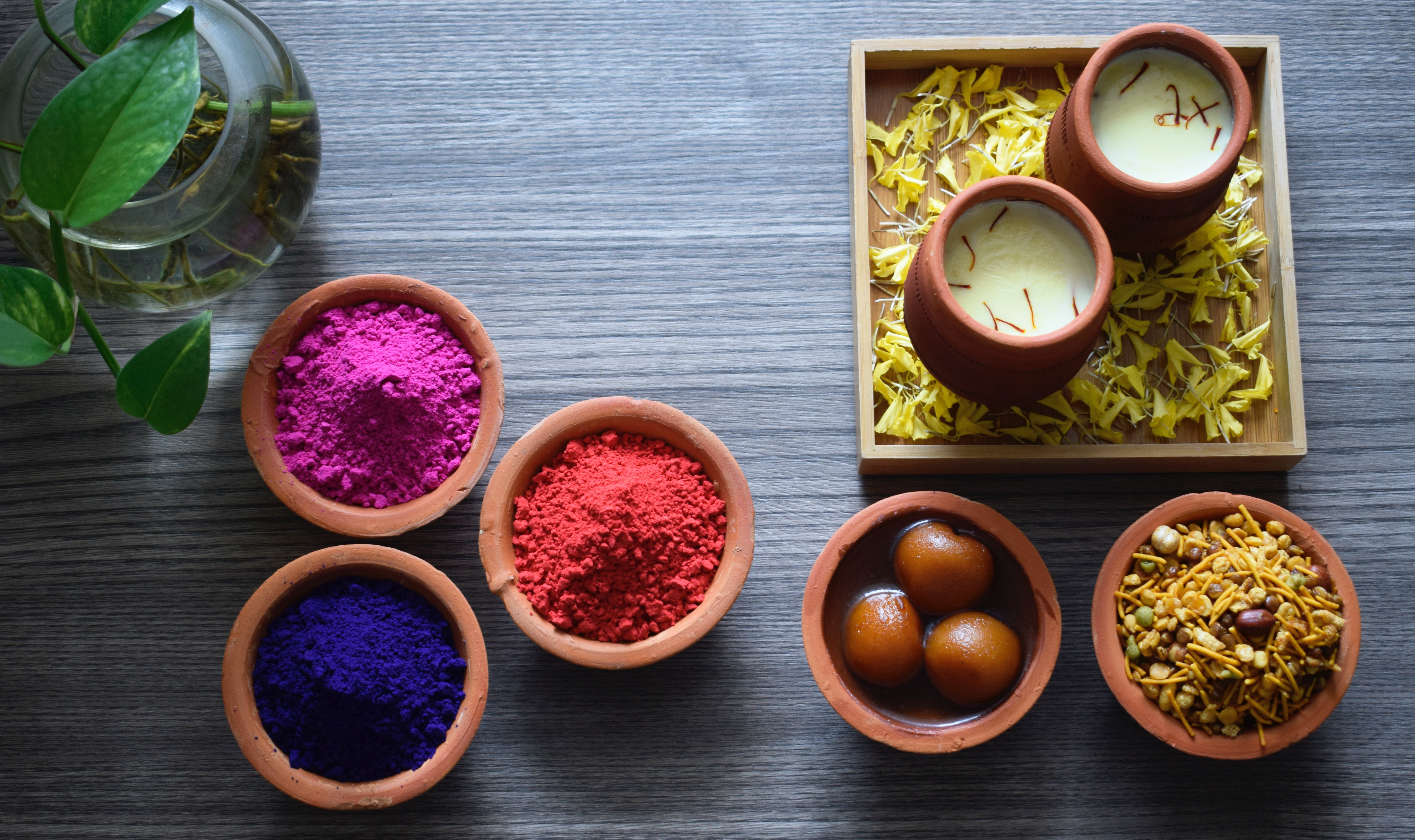What is a jamun plant like? What are the favorable conditions for the growth of the jamun plant? What should be the characteristics of the soil to grow a jamun plant?
Introduction
The jamun tree is a common sight in many Indian neighbourhoods. It is a tall, evergreen tree with a spreading crown and drooping branches. The leaves are simple, opposite and elliptical with a smooth margin. The flowers are white or pale pink, borne in clusters. The fruit is a dark purple berry with a single seed. In this article, we shall take a look at the favorable conditions for the growth of the jamun plant, as well as the characteristics of the ideal soil for its cultivation.
The jamun tree is a tropical species and requires warm conditions for optimal growth. It can tolerate some degree of drought, but prolonged dry periods will result in stunted growth and reduced fruit production. The ideal temperature range for the jamun tree is 21-32 degrees Celsius.
The tree grows best in deep, well-drained soils with a high organic content. It is tolerant of a wide range of soil types, but clayey or waterlogged soils should be avoided. A pH range of 5.5-7.5 is optimum for the jamun tree.
Adequate sunlight is essential for the proper development of the jamun tree. It should be grown in an open, sunny location where it will receive at least 6 hours of direct sunlight each day.
The jamun tree is propagated from seed. Fresh seeds are best, but those that are up to a year old can also be used. The seeds should be soaked in water for 24 hours before planting. They should then be sown in nursery beds or pots filled with a well-drained, sandy loam soil mix. The seedlings should be transplanted to their permanent location when they are about 6-8 weeks old.
What is a jamun plant?
A jamun plant is a tropical evergreen tree that can grow up to 30 meters tall. It has a dense canopy of dark green leaves and produces small, purple-black fruits. The fruits are sweet and have a unique flavor that is often likened to a combination of grapes and plums.
A jamun plant is a tropical evergreen tree that grows to a height of 30-40 feet. It has a dense, round canopy and produces small, dark purple fruits. The jamun fruit is about the size of a plum and has a sweet, tart flavor. The tree is native to India and grows best in humid, tropical climates.
The jamun tree is also known as the black plum tree or Java plum tree. It is a member of the family Myrtaceae and the genus Syzygium. There are over 50 species of Syzygium trees, but only a few are cultivated for their fruit. The most common cultivated species are S. cumini, S. jambos, and S. malaccense.
The jamun tree is also known as the blackberry tree or java plum tree. The scientific name for the jamun tree is Syzygium cumini.
The soil for growing a jamun plant should be rich in organic matter and well-drained. The plant does not tolerate drought or waterlogging. Full sun is necessary for good fruit production.Jamun trees are propagated by seed or rooting cuttings taken from young plants.
The favorable conditions for the growth of the jamun plant
The jamun tree grows well in tropical and sub-tropical regions with a humid climate. It prefers deep, fertile, well-drained soils and does not tolerate waterlogging.
The jamun plant grows best in deep, well-drained soils with a high organic matter content. The ideal pH range for jamun growth is between 6.5 and 7.5. Jamun trees are relatively tolerant of drought conditions and can survive in dry areas with annual rainfall as low as 500 mm.
The jamun tree grows in tropical and sub-tropical regions. It prefers deep, fertile, well-drained soils, but can also grow in shallow, rocky soils. The tree is tolerant of drought and can survive periodic flooding.
Jamun plants are usually found in tropical climates and they require a lot of heat and humidity to thrive. The soil should be well-drained and rich in organic matter for the best results. The plant prefers full sun but can also tolerate some shade.
Jamun plants need to be watered regularly and they should never be allowed to dry out completely. The plant also benefits from a monthly application of fertilizer during the growing season.
What should be the characteristics of the soil to grow a jamun plant?
The jamun plant is a tropical tree that is native to South Asia. It grows best in humid, tropical climates and requires well-drained soil that is rich in organic matter. The ideal soil pH for the jamun plant is between 6.0 and 7.5.
The jamun plant grows best in deep, well-drained soils with a high organic matter content. The ideal pH range for the jamun plant is between 6.5 and 7.5. Jamun trees are relatively tolerant of drought conditions and can survive in dry areas with annual rainfall as low as 500 mm.
The plant prefers full sun but can also tolerate some shade. It is important to provide adequate water for the plant, as it is not tolerant of drought conditions. The jamun tree is propagated by seed or rooting cuttings taken from young plants.
Conclusion
The jamun tree is a tropical evergreen tree that grows best in humid, tropical climates. It prefers deep, well-drained soils that are rich in organic matter and does not tolerate drought conditions. The tree is propagated by seed or rooting cuttings taken from young plants.
The jamun plant is a hardy tree that can thrive in a variety of conditions. However, it prefers warm weather and well-drained soil. The soil should also be high in organic matter to provide the tree with the nutrients it needs to grow. With proper care, the jamun tree can produce fruit for many years.






0 Comments